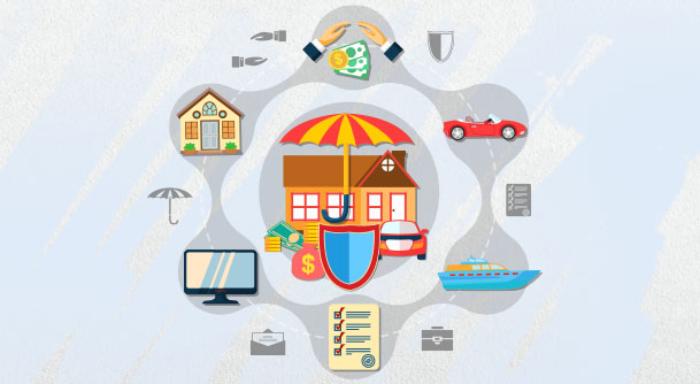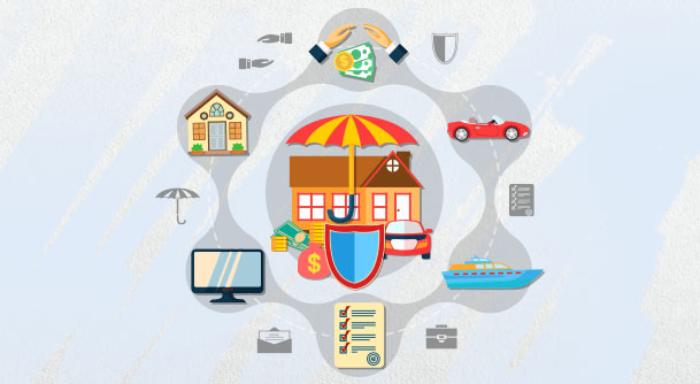Understanding Tax Savings with the New Regime
Blog Title
1081 |
6/22/24 4:30 AM |
Announced in the Union Budget 2020, the new tax region of India was introduced as a more simplified system of collecting and calculating income tax as compared to the old regime (which is still in place as an option). However, with the introduction of the new tax regime, many taxpayers were confused regarding the new tax saving brackets and deductions. In this blog, we will break down the tax deductions available under the new tax regime.
Comparing the Old and New Tax Regime
Let's start by understanding the differences between the old and the new tax regime in India. Here's a table to compare them:
| Aspect | Old Tax Regime | New Tax Regime |
|---|---|---|
| Tax Rates | Higher Slab rates with exemptions | Lower slab rates, no exemptions |
| Deductions | Allowed under various sections | No deductions except the ones specified |
| Complexity | Moderate | Simplified |
| Opt-in | Optional | Default |
Under the new tax regime, the tax slabs have been revised as well. Below is a look at the new tax rates:
| Income Slab | Old Tax Regime | New Tax Regime |
| (From 1st April 2023) | ||
| ₹0 - ₹2,50,000 | Nil | Nil |
| ₹2,50,000 - ₹3,00,000 | 5% | - |
| ₹3,00,000 - ₹5,00,000 | 5% | 5% |
| ₹5,00,000 - ₹6,00,000 | 20% | 5% |
| ₹6,00,000 - ₹7,50,000 | 20% | 10% |
| ₹7,50,000 - ₹9,00,000 | 20% | 10% |
| ₹9,00,000 - ₹10,00,000 | 20% | 15% |
| ₹10,00,000 - ₹12,00,000 | 30% | 15% |
| ₹12,00,000 - ₹12,50,000 | 30% | 20% |
| ₹12,50,000 - ₹15,00,000 | 30% | 20% |
| >₹15,00,000 | 30% | 30% |
Understanding Tax Deductions
First, let us give you a list of the allowed deductions under the new tax regime. This is important, since many tax-saving instruments like term insurance, Unit Linked Insurance Plans (ULIPs), ELSS etc. do not get deductions under the new regime.
- Standard Deduction (₹50,000)
- Perquisites for official purposes
- Interest on Home Loan u/s 24B on let-out property
- Employer's (own) contribution to NPS
- Gifts up to ₹5,000
- Exemption on voluntary retirement 10(10C)
- Exemption on gratuity u/s 10(10)
- Exemption on Leave encashment u/s 10(10AA)
- Daily Allowance
- Transport Allowance for a specially-abled person
- Conveyance Allowance
In the 2023 Budget, the following announcements were made regarding deductions and tax exemptions in the new tax regime.
- Salaried Taxpayers: A salaried taxpayer is entitled to a standard deduction of ₹50,000. For recipients of family pension, the standard deduction allowance is equal to one-third of the amount of the pension, subject to a maximum amount of ₹15,000.
- Exemption for Agniveers: The provision for voluntary contribution by the Agniveers to the Agniveer Corpus Fund is not taxed.
- Tax Liability: To provide relief to the taxpayers, there will be no tax liability for resident individuals who make up to ₹7,00,000 per year.
In a nutshell, these are the key tax saving options that the new tax regime offers. Many citizens have adopted the new tax regime due to its lower tax slabs. However, choosing between the old and new tax regime depends on one’s specific financial circumstances. Let us look at a few tax-saving opportunities under the old tax regime.
Tax Saving Opportunities Under the Old Regime
In the old tax regime, you can save on taxes through deductions under Section 80C and Section 10(10D). Some of the applicable investments include:
- ULIPs: You can get tax deductions up to ₹1.5 lakhs under this section on your premium payments for ULIPs. The maturity amount will also be tax-exempted under Section 10 (10D), provided the annual premium is less than ₹2.5 lakhs every year.
- Guaranteed Income Plans: Premiums paid are tax-deductible under Section 80C, while the income will be exempted from taxes under Section 10 (10D), provided the annual premium is lower than ₹5 lakhs or not more than 10% of the sum assured.
- Life Insurance Premiums: Premiums for term insurance and other life insurance plans are tax-deductible under Section 80C. Up to ₹1.5 lakhs can be deducted from your taxes using this provision.
- ELSS: Investing in ELSS mutual funds is an excellent tax-saving tool. This is because its exposure to equities often leads to higher returns than other means of investment.
- PPF: PPF is a steady wealth-creation tool, although it has a long lock-in period. The contributions to PPF are also tax-deductible under this section.
NPS (National Pension Scheme) contributions are tax-deductible under Section 80C, while home loan repayment (principal payment) is also tax-deductible, subject to meeting certain conditions.
Conclusion
Navigating the new tax regime in India requires a nuanced understanding of its implications and opportunities. Although the new regime may appear more attractive owing to lower tax slabs, its lack of tax deduction options may be detrimental to people who have already invested in tax saving schemes. By comparing the old and new regimes, exploring tax-saving options, and maximizing deductions, you can effectively manage your tax liability while working towards your financial goals.
Aastha Mestry - Portfolio Manager
An Author and a Full-Time Portfolio Manager, Aastha has 6 years of experience working in the Insurance Industry with businesses globally. With a profound interest in traveling, Aastha also loves to blog in her free time.





